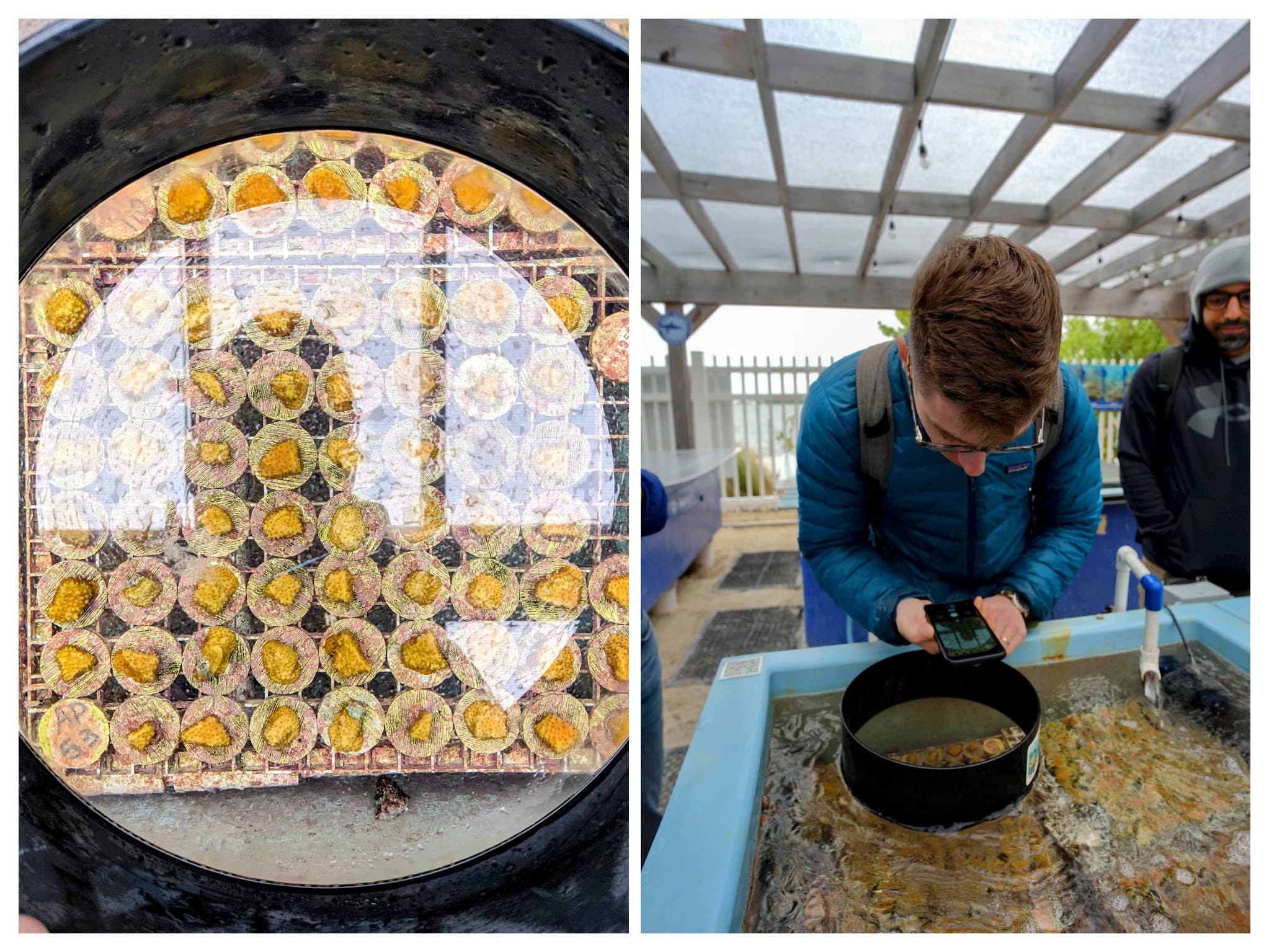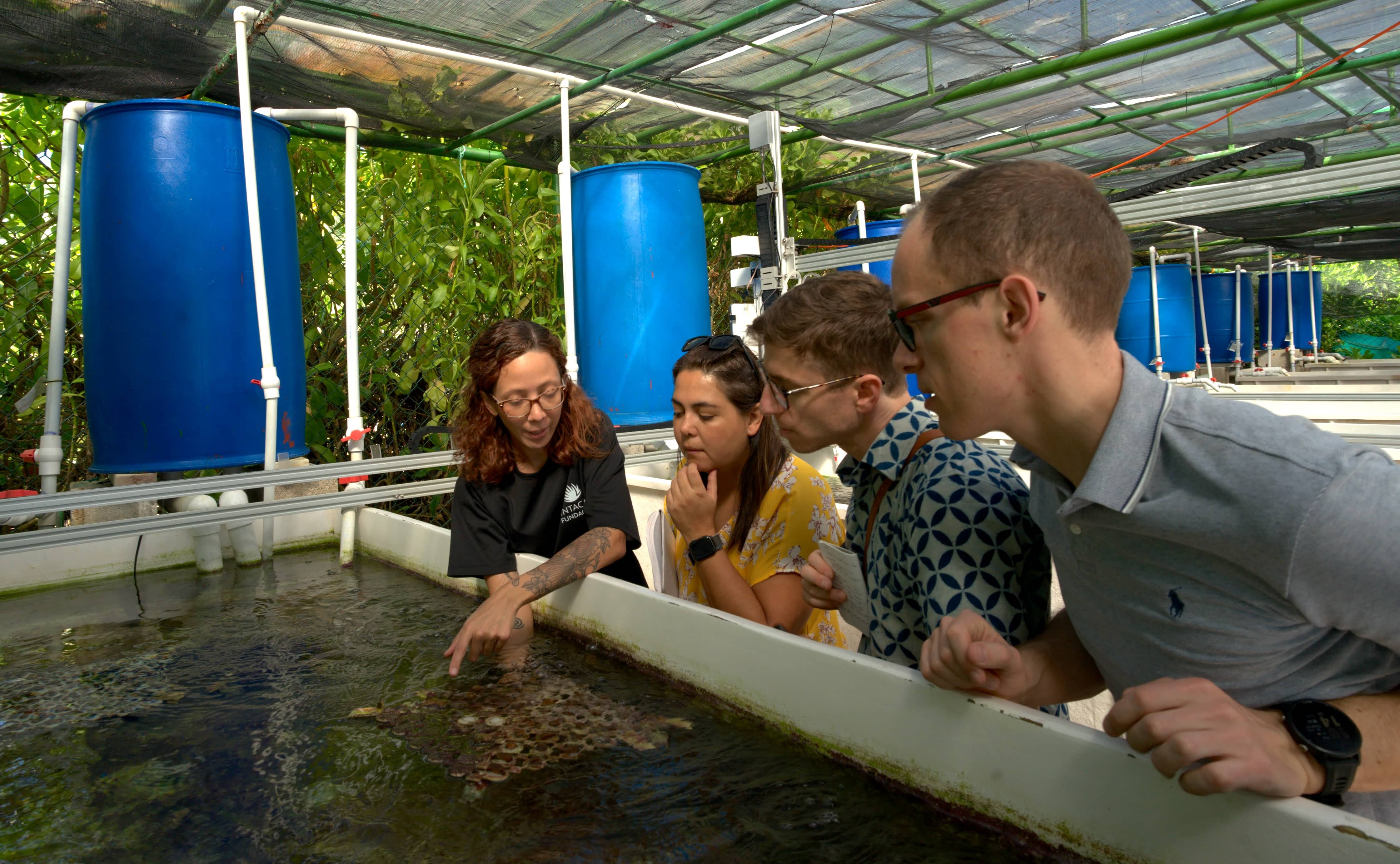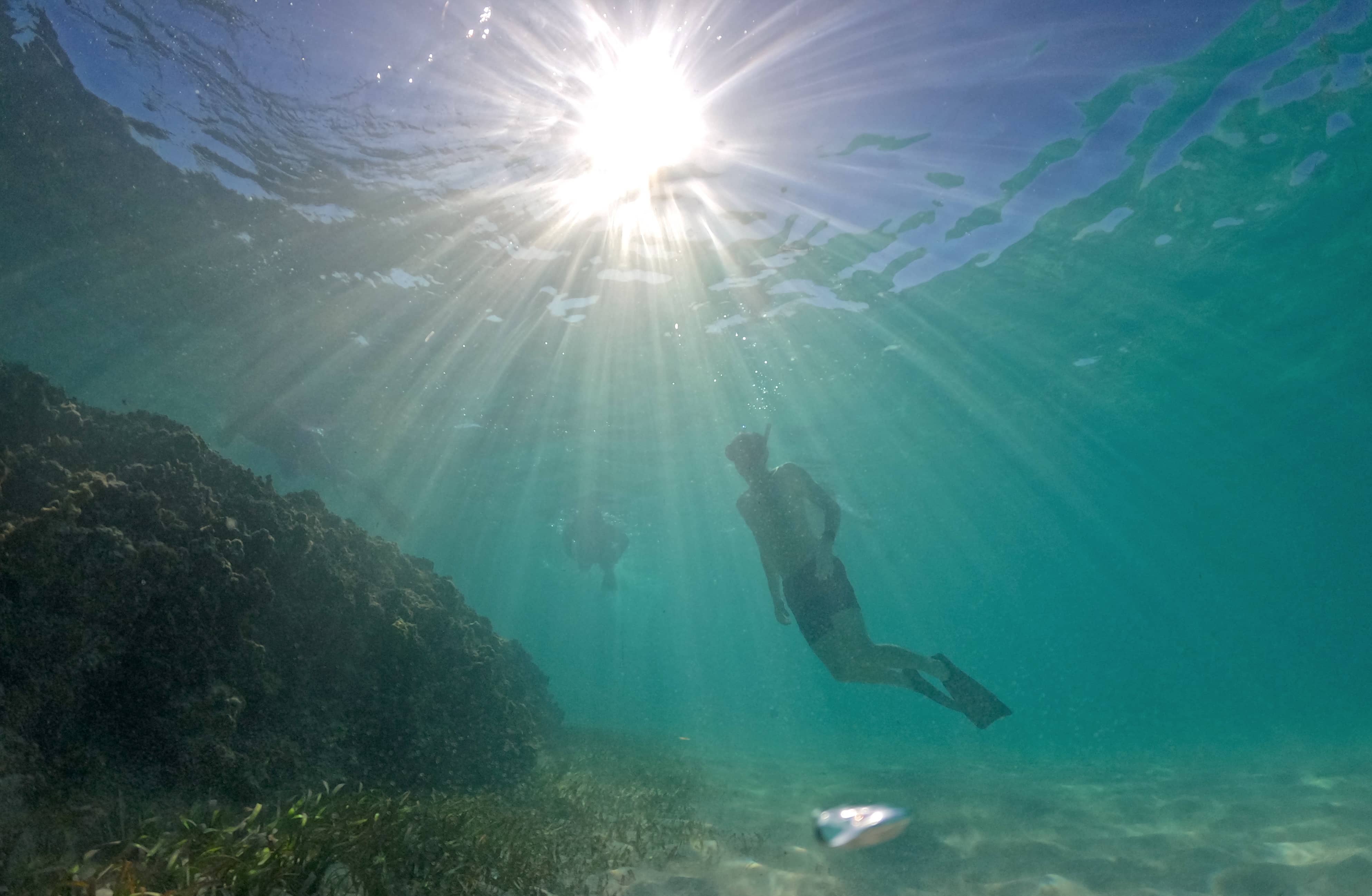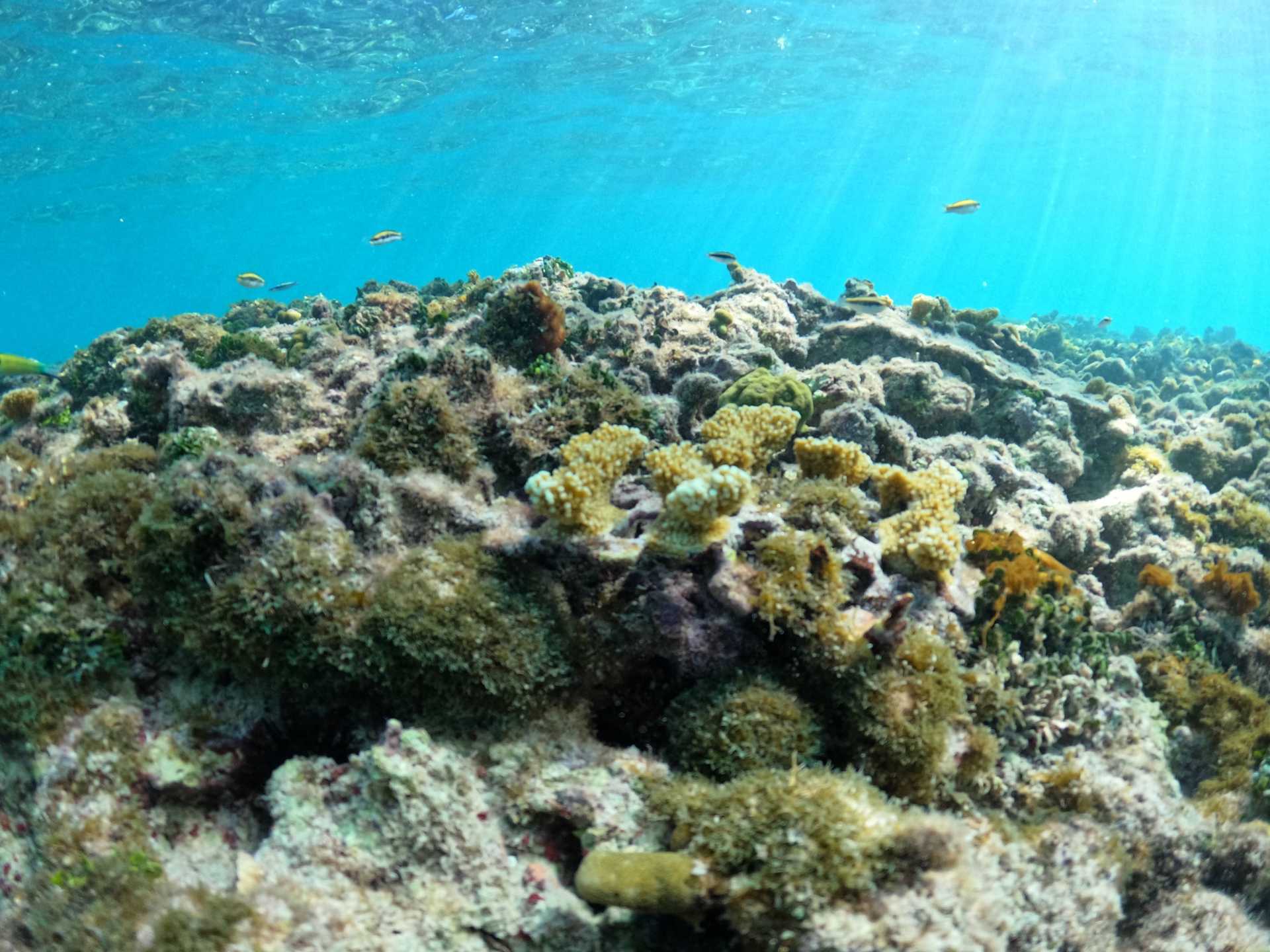The best insights don’t come from the surface - they come from diving into real workflows, seeing challenges firsthand, and understanding where technology can truly support conservation.
Our team recently spent a week in Florida and the Dominican Republic, where we joined our partners at The Nature Conservancy to conduct user field research on a coral restoration machine learning project. This was an experience equal parts inspiring, exhausting, and humbling - a unique chance to step out from behind our desks and meet the people using the tools we build.
These kinds of trips are rare in our role as product builders, but they’re essential. Seeing the work and its potential for impact firsthand changes everything.
Impact IRL
We focus on empathizing with users in human-centered design, and pitch decks and proposals make this process sound straightforward and easily achievable. The reality is, the further you get from the actual problems users have, the harder it is to know if your work is really helping anyone.
I started my career in the Peace Corps, living in a village where the impact was immediate and clear. My move into international development introduced layers of separation between donors, implementers, communities. Entering the world of tech made this distance even greater. We build tools for people who help people who help people, hoping that somewhere down the chain, someone’s life may improve.
Our field visit allowed us to break through those layers. Sitting with coral nursery staff, watching their workflows, hearing what makes their jobs easier or harder while on the actual worksite - those insights don’t come through Slack or Google Meet.
Fieldwork makes it real.

Practicing photographing coral fragments for use in training machine learning models on coral health issues at the Mote Marine Laboratory in Key Largo, Florida.

The Development Seed and TNC California teams learning from field biologists at the Centro de Innovación Marino, Punta Cana Foundation, Dominican Republic.
Jumping Into the Deep End (Literally)
And then, of course, there was the ocean itself.
I had never snorkeled before this trip. Luckily I learned the basics of how to use a mask in a pool at age 12, but this was my first time in the ocean. Floating above a coral reef, looking down at a world pulsing with life — barracuda, surgeonfish, coral colonies - I was awestruck. If you’ve never had the chance, put it on your bucket list. It changes the way you see the ocean, the planet, and our role in protecting them.
The week wasn’t all about marveling at nature, although that was certainly a highlight. Our goal was to understand the workflows of coral nursery staff and how our application could help. We shadowed marine biologists and restoration experts who spend their days caring for corals at every stage of life, from baby fragments to degraded reefs being prepped for restoration. We learned about microfragmentation, reef rugosity, and the painstaking process of spawning and husbanding coral larvae. For a crash course in marine biology, it was an incredible education.
And, in case anyone else needs a reminder: coral are animals. We had to confirm this over gas station coffee on the long drive from Miami down to the Keys.
Seeing the work and its potential for impact firsthand changes everything.
Fighting the Currents
Field visits like this one do come with risks. Just by showing up on site, we raised expectations about the product. Suddenly, we weren’t just presenting a prototype—we were the people bringing “the AI solution.” Any time we bring tech and AI into the conversation, people’s imaginations run wild. Since the public launch of ChatGPT in November of 2022, any inclusion of ML/AI in a project implies a product that can generate ideas, understand intentions, and make you a cup of coffee.
It reminded me of an insight from our CEO Ian, who writes about product demos: “The longer you leave people to imagine what’s coming, the higher the risk of disappointment.” Machine learning isn’t a magic wand—it’s only as good as its training data and the humans who use it (I say as a non-ML engineer - please fact check me!). We worked hard to manage expectations, knowing that our presence alone could inflate them.
This trip wasn’t about solving every problem; it was about understanding them.
What We Learned
Besides the awe of being in the field, this trip reinforced some known truths about building products for humans:
- Users are not a monolith. The nursery staff, field biologists, and conservation managers all have different needs. No single tool is going to work perfectly for all of them.
- Field research is everything. We are reliant on partners to relay what users need, but even they can be a step removed. Seeing physical workflows firsthand makes all the difference.
- Expectation management is key. When you bring AI into the conversation, people start dreaming big. That’s exciting, but we have to make sure we’re not promising a sailboat when we’re building a surfboard.
We did demonstrate a lightweight prototype that we built in the weeks leading up to the visit, and it was great to ground the team and center the conversation. It wasn’t groundbreaking, just a refined version of what they already use, combined with the potential for ML integration. The real value came from conversations about what would actually move the needle.
Looking Ahead
This trip was a reminder of why we do this work. It’s easy to get lost in the layers of abstraction—designing software for people we’ve never met, improving workflows based on feedback passed through layers of organizations. But technology isn’t the hero of conservation—people are. Our job is to build tools that actually help them do their work better, and the only way to do that is to listen.
And sometimes, that means stepping away from the screen, putting on a snorkel, and jumping in.

Our product manager Will diving to see successfully outplanted racks of restored healthy coral fragments growing on the reef in Punta Cana, Dominican Republic. Photo ©Centro de Innovación Marino (CIM).
What we're doing.
Latest

